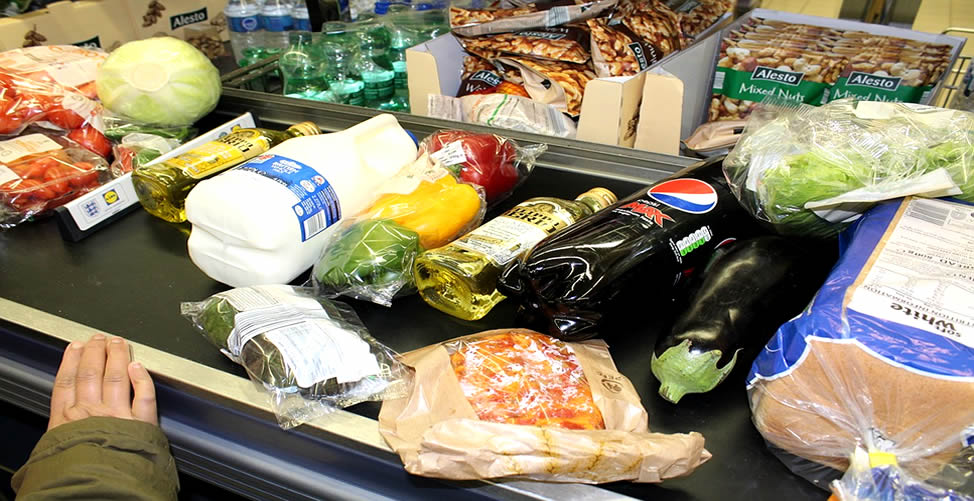RIO DE JANEIRO, BRAZIL – Consumption in Brazilian homes maintained a positive growth trajectory and ended 2021 with an accumulated high of 3.04%. The index is monitored monthly by the Brazilian Supermarket Association (Abras) and was released on Thursday, February 10, in an online interview.
In December last year, household consumption rose 4.27% compared to the same period of the previous year. In the comparison between December and November 2021, the actual consumption was more accentuated and recorded 22.47%.
According to Abras, the indicators have already been deflated by the National Wide Consumer Price Index (IPCA), measured by the Brazilian Institute of Geography and Statistics (IBGE).
Abras’ monthly monitoring of consumption in households covers all formats operated by the supermarket sector, such as neighborhood stores, mini-markets, supermarkets, hypermarkets, wholesalers, and e-commerce.

EXPECTATION
According to the institutional vice-president of Abras, Marcio Milan, a growth of 2.8% is expected in the sector for 2022. “We expect to maintain this growth due to the Brazil Income, which will extend throughout the year, with a constant value, and more people in consumption. Another point is the signaling of drops [in the values] of some products, a positive factor,” said Milan.
He also highlighted the recovery of collective bargaining, influencing the sector’s recovery. “And, when we look at January, the IPCA is 0.54%, it is a sign, it is indicative that there will be a reduction in inflation,” he added.
For Milan, last year’s result was positive because of the consumer’s change in buying habits, whose income became lower due to the covid-19 pandemic. “The supermarkets understood the macroeconomic scenario, the change in the consumer’s buying habits and, promptly, sought with the suppliers options of brands and package sizes, besides doing a lot of promotions in the second half of the year, to meet a consumer with a more restricted income.”
Milan pointed out that consumers opted for cheaper brands in 2021 and said he believes that the trend of substituting more expensive products for lower-priced ones will continue this year. The executive recalled that this began to be observed in 2021 when new brands entered the supermarkets, and the consumers’ preference fell on cheaper products due to limited financial means.
Milan explained that consumers switched brands from premium to medium and from medium to low products. “This is the trend we have identified and will monitor every month, and it should continue for some time in the coming months.”
NATIONAL BASKET
The Abrasmercado basket ended 2021 with an accumulated high of 10.32%. The national basket, which considers 35 products of vast consumption, analyzed by GfK in partnership with Abras, went from R$635.02 (US$122) in December 2020 to R$700.53 in December 2021.
The most expensive items, compared to December 2020, were roasted and ground coffee (66.62%), sugar (39.90%), creamy margarine (31.33%), tomato extract (28.37%), and frozen chicken (27.92%). The products that became cheaper in the year were potatoes (-28.73%), rice (-17.72%), pork shank (-9.12%), and beans (-2.47%).
REGIONAL PERFORMANCE
In the regional analysis of the baskets’ performance, the Northeast Region had the most significant variation in the year-to-date, up 14.51%. Next came the South Region, which closed the year with an accumulated high of 11.78%.
In the other regions, the years’ accumulated variations were 9.13% in the Southeast, 9.02% in the North, and 7.44% in the Midwest.
With information from Agência Brasil

